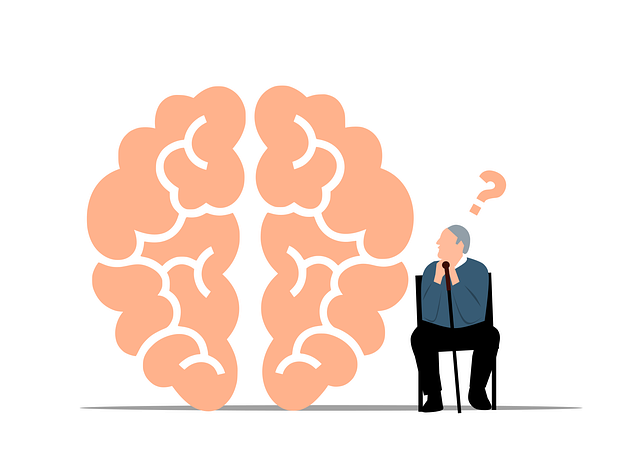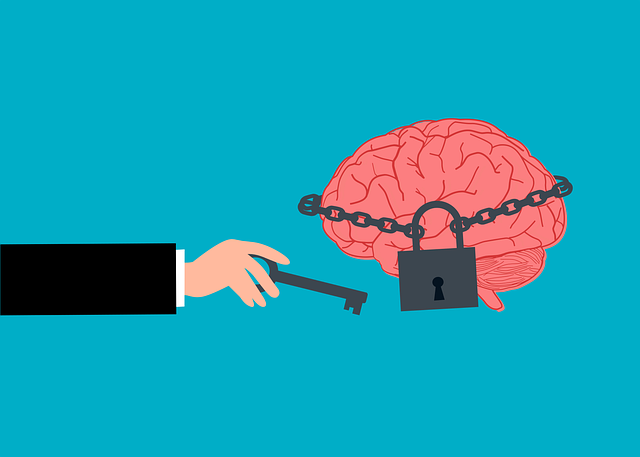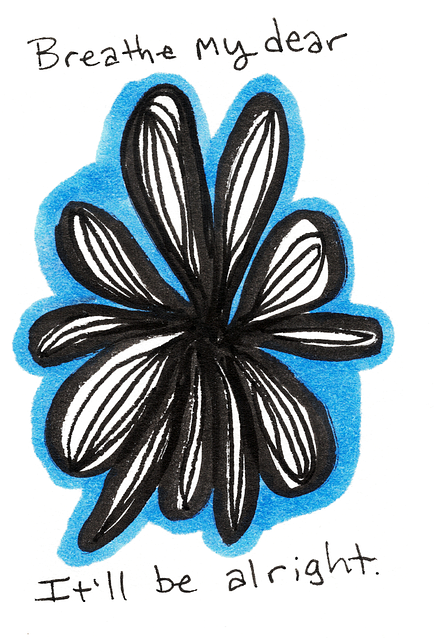Evaluating therapy effectiveness requires a multi-faceted approach, using standardized tools to measure tangible improvements in mental health symptoms across age groups – adults, adolescents, and teens. This includes tracking self-esteem boosts and healthy self-care adoption for adults, while teen programs focus on peer influence mitigation and academic support. Community outreach integrating these initiatives in schools enhances accessibility. Qualitative methods like interviews and focus groups, combined with quantitative surveys, offer a comprehensive evaluation of program impacts tailored to diverse demographics, guiding future developments for improved therapy outcomes.
Mental wellness programs are vital for fostering resilience and overall well-being. This article explores evaluation methods to measure their effectiveness, focusing on distinct approaches for adults and adolescents. We delve into the unique considerations surrounding adolescent mental health programs, as well as a range of measurement tools and techniques. From assessing therapy effectiveness for adults to tailored strategies for teens, these insights empower professionals to optimize program impact.
- Assessing Therapy Effectiveness for Adults
- Adolescent and Teen Programs: Unique Considerations
- Measurement Tools and Evaluation Techniques
Assessing Therapy Effectiveness for Adults

Evaluating the effectiveness of therapy for adults involves a multi-faceted approach that goes beyond simple satisfaction surveys. It’s crucial to measure tangible improvements in mental health symptoms, such as reduced anxiety and depression scores, enhanced coping mechanisms, and better stress management skills. Tools like standardized questionnaires and clinical interviews can assess these changes pre- and post-therapy, providing valuable insights into the program’s impact.
Furthermore, examining self-esteem improvement and the adoption of healthy self-care practices among participants offers a holistic view of therapy success. By tracking progress in these areas, mental wellness programs can better understand how their interventions contribute to overall well-being. This data is essential for refining therapies and ensuring they meet the unique needs of both adults and adolescents/teens.
Adolescent and Teen Programs: Unique Considerations

Adolescent and teen programs require tailored approaches when evaluating mental wellness initiatives. This demographic faces distinct challenges, such as peer influence, academic pressures, and a rapidly evolving digital landscape. These factors can impact their willingness to engage in therapy or participate in mental health education programs. Therefore, evaluation methods should consider the unique needs and preferences of this age group. Incorporating self-esteem improvement strategies within program designs can boost engagement and encourage open communication.
Community outreach plays a vital role in reaching adolescents and teens, as it brings services directly to their environment. Implementing these programs in schools or community centers facilitates accessibility and reduces potential barriers to seeking therapy for adults adolescent and teen populations. A well-designed mental health education program that incorporates engaging activities and peer support can foster a supportive atmosphere, encouraging young individuals to prioritize their mental wellness.
Measurement Tools and Evaluation Techniques

Evaluating mental wellness programs requires a multifaceted approach, especially when considering different demographics such as adults, adolescents, and teens. Measurement tools play a pivotal role in understanding the efficacy of interventions designed to enhance mental health awareness and prevent conditions like depression. These tools can range from standardized questionnaires and surveys that assess symptoms, attitudes, and behaviors, to qualitative methods like interviews and focus groups, which provide deeper insights into participants’ experiences and perceptions.
One effective technique involves combining quantitative and qualitative data collection. For instance, while surveys might gauge changes in depressive symptoms, communication strategies can be assessed through participant observations or structured interviews, highlighting the importance of engaging individuals in their own mental wellness journeys. This integrated evaluation approach ensures a comprehensive understanding of program impacts, tailored to diverse age groups, and informs future developments for improved therapy outcomes.
Evaluating mental wellness programs, including therapy for adults and adolescent and teen populations, involves a multifaceted approach. By utilizing robust measurement tools and diverse evaluation techniques, we can ensure that these programs effectively address the unique needs of each demographic. Assessing therapy effectiveness not only improves outcomes but also guides the development of tailored interventions that promote overall mental health and well-being across all ages.














